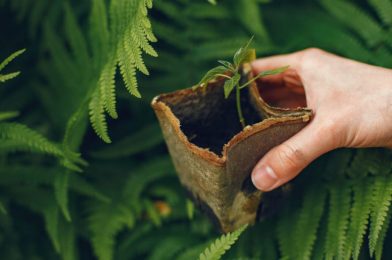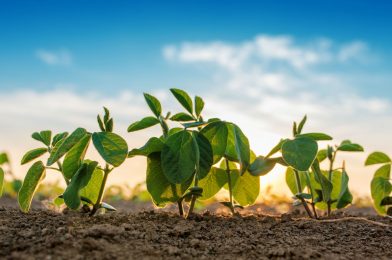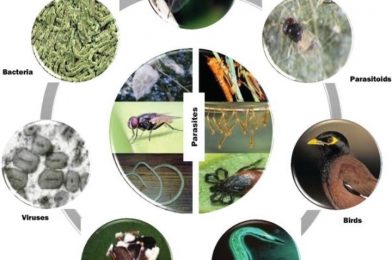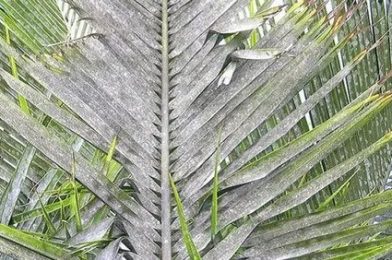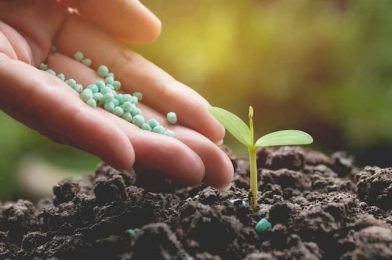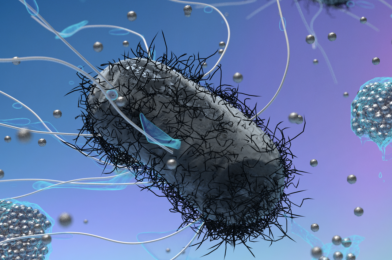Rapid human population growth leads to substantial development in agriculture production. Thus, large amounts of synthetic products are used to meet the demand for increased agricultural production. However, heavy usage of chemicals, pesticides, and antibiotics creates a burden on the environment, destroys the micro-fauna and flora in the soil, and causes threats to animals and human health. Therefore, sustainable agriculture production has gained global interest. In many ways, the application of effective microorganisms (EM) plays a vital role in sustainable production and has been widely spread throughout the world.
The EM is a fermented mixed culture of naturally occurring species of beneficial microorganisms that includes photosynthetic bacteria, lactobacilli, yeast, and actinomycetes in an acidic medium. After the concept of EM was initiated, different fertilizer manufacturing companies developed EM solutions to enhance crop production. This is an area where research and development activities are also abundant for long-term and short-term crop production. Promoting germination, flowering, fruiting, and ripening in plants; improving the physical, chemical, and biological environments of the soil, and suppressing soil-borne pathogens and pests; enhancing the photosynthetic capacity of crops and nitrogen fixation; ensuring better germination and plant establishment, increasing the efficacy of organic matter as fertilizer; and accelerating the decomposition of organic waste are some examples where EM could be used to gain an economic advantage in crop production. In the commercial use of EM, it could be found under different brand identities.
EM is eco-friendly, safe, organic and contains active microbes. EM solution is different from all the other agrochemicals in activity and composition. It is not necessary to put on goggles, masks, or protective clothing when spraying effective microorganisms. At the same time, effective microorganisms never pollute water systems. EM is considered mainly of the synthesizing type, which imparts beneficial effects on agriculture and environmental processes by generating a wide variety of bioactive substances. Since EM is easy to decompose after use, it never pollutes groundwater. Instead, it purifies soil, groundwater, lakes, and rivers, thereby reducing environmental burdens. The effective microorganism is compatible with various methods of farming, regardless of their scale.
However, some experiments reported that EM gives the best results when a natural imbalance of microorganisms has occurred and, in situations where the natural microorganism population is balanced and agricultural inputs are available, the addition of EM does not make a significant difference. Another argument emerging by scientists is the fact that applying EM to soil alters the natural chemical composition of the soil, displacing native microorganisms and nutrients, which may be harmful to the survival of native plant species Thus, and more research should be directed towards this aspect.
Advancements in the EM concept have paved the path to substitute synthetic products. Achieving sustainability in agriculture production using EM is directed basically to reducing the production cost, maximizing the profit, and protecting the environment, human and animal health.
References
Higa, Teruo (2001) ‘Effective Microorganisms in the context of Kyusei Nature Farming: a technology for the future’, in Proceedings of the conference on greater productivity and a cleaner environment through Kyusei Nature Farming, pp. 40–43.
Olle, M., and Williams, I. H. (2013). Effective microorganisms and their influence on 47 vegetable production–a review. The Journal of Horticultural Science and Biotechnology, 88(4), 380–386.
Image courtesy
Featured image – https://img.freepik.com/free-photo/womans-hands-gloves-planting-young-plant_1157-37097.jpg?w=740&t=st=1665833048~exp=1665833648~hmac=5b3d8e68b3b3599a1baee366ebaa76687d7fe38c8938fe3a107f15648152496e
